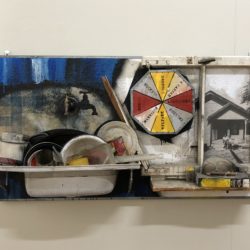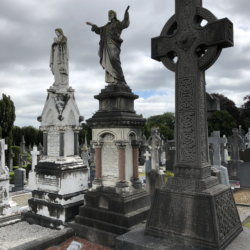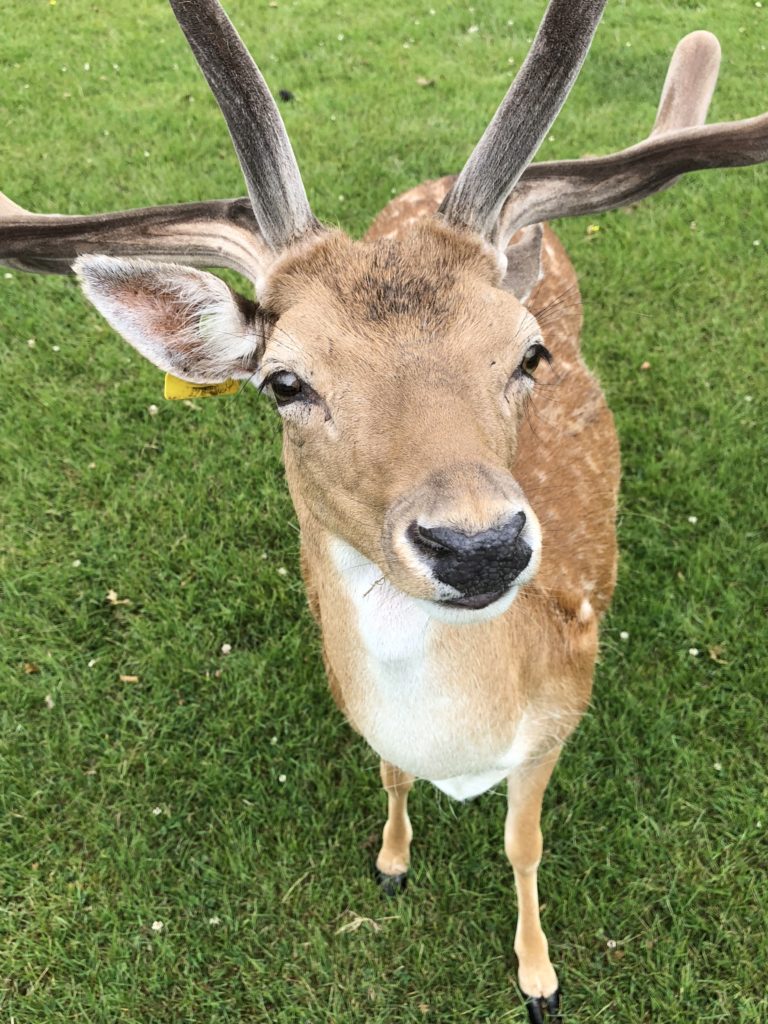
Just a quick 20-minute ride from Dublin on the East-West red tram line is a wonderful section of the city primed for exploration. With so much to see, it’s a wonder that this part of the capital doesn’t see more tourist traffic, but that just means you’ll have more of a chance to chat with a local than in Temple Bar or strolling down Grafton Street.
Kilmainham Gaol
I started my morning at Kilmainham Gaol, a prison built in 1796 that played a major role in the 1916 Easter Rising. You can only visit the actual prison by guided tour; there is an informative museum on the premises that you could see separately, but the tour is so excellent that it would be shame to forego buying the complete ticket. The tour groups are kept to a manageable size, so if you’re visiting during high season it would be wise to book ahead, which can be easily done online.
After the British Army squashed the Irish rebels in the week-long Easter Rising, the young leaders were brought to Kilmainham and shot in the prison yard. Most of the Irish population weren’t all that enthusiastic about the uprising until the British started executing these soon-to-be martyrs and national heroes.
Three Easter Rising executions in particular had an immense effect on the population. The first was Patrick Pearse, a young schoolteacher, who less than a year earlier had given a fiery oration at Glasnevin Cemetery that acted as a rallying cry for Irish independence. The second was Joseph Plunkett, who was allowed to marry his fiancée, Grace Gifford, in the prison chapel seven hours before he was shot. Sympathy quickly spread for the couple permanently separated on their wedding night. The fourteenth (and final) person killed because of his involvement with the Easter Rising was James Connolly, who had sustained serious injuries during the siege. He was being held in Dublin Castle and a doctor proclaimed he only had a day left to live. Still, the British generals insisted he be carried out to the prison to meet his fate. By the time Connolly reached the Kilmainham he couldn’t even stand, but they went through with the firing squad anyway and the public reaction was swift and severe.
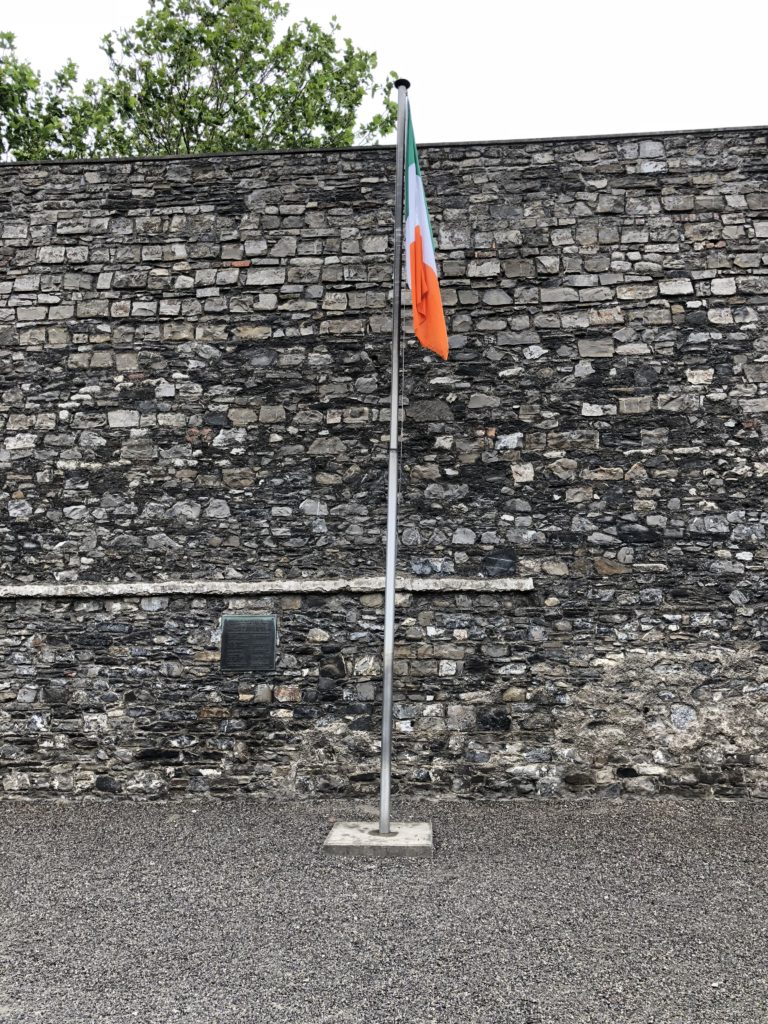
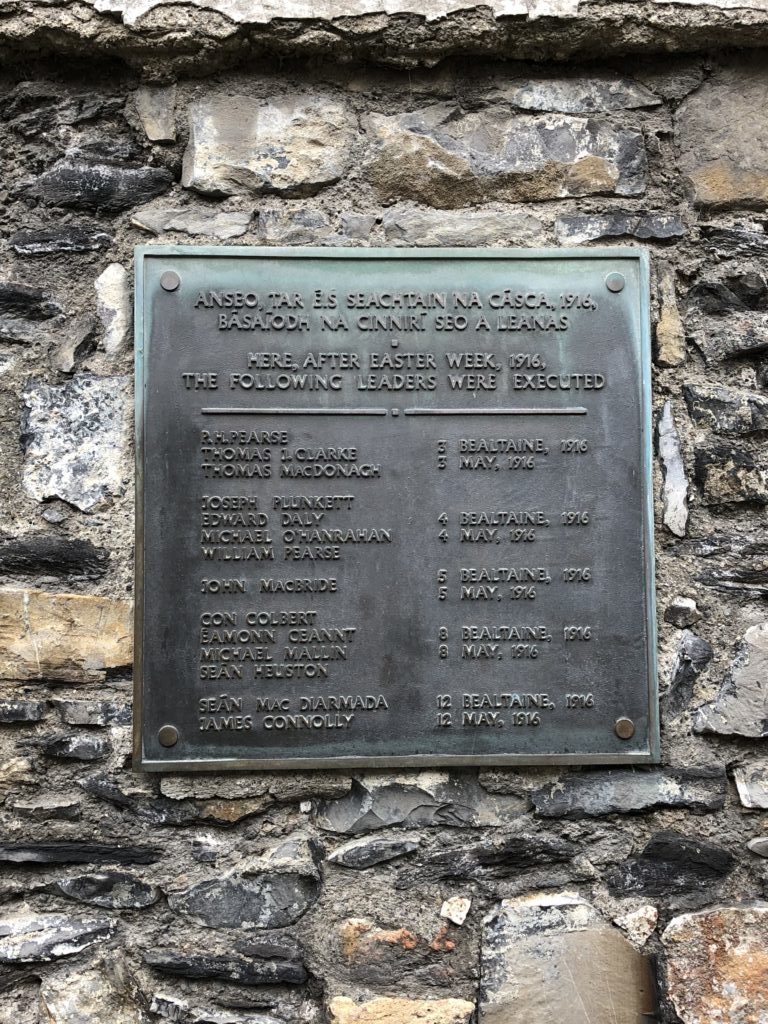
I enjoyed my tour guide and his punny sense of humor. Not only did he give us a great Irish history lesson, but he also explained how the prison had fallen into disrepair after it officially closed down in 1924. There were plans to demolish the building, but a grassroots effort sprang up to preserve the location that played such an important role in the people’s road to freedom. Volunteers rebuilt and cleaned up the premise and in 1971 Kilmainham officially opened as a museum.
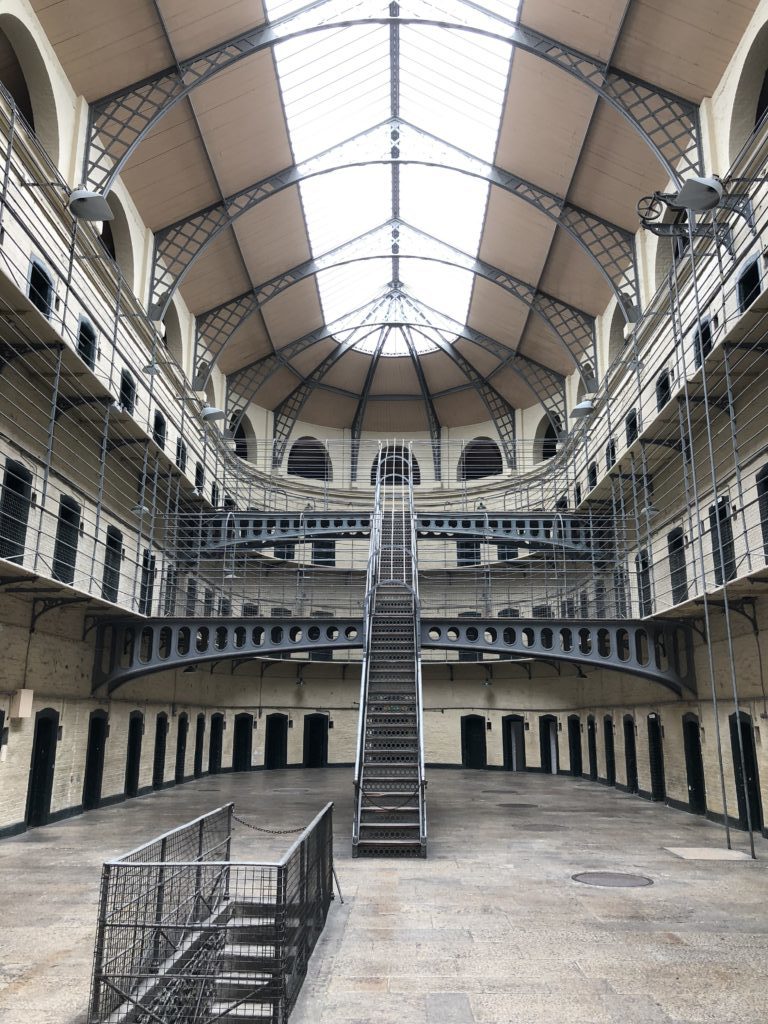
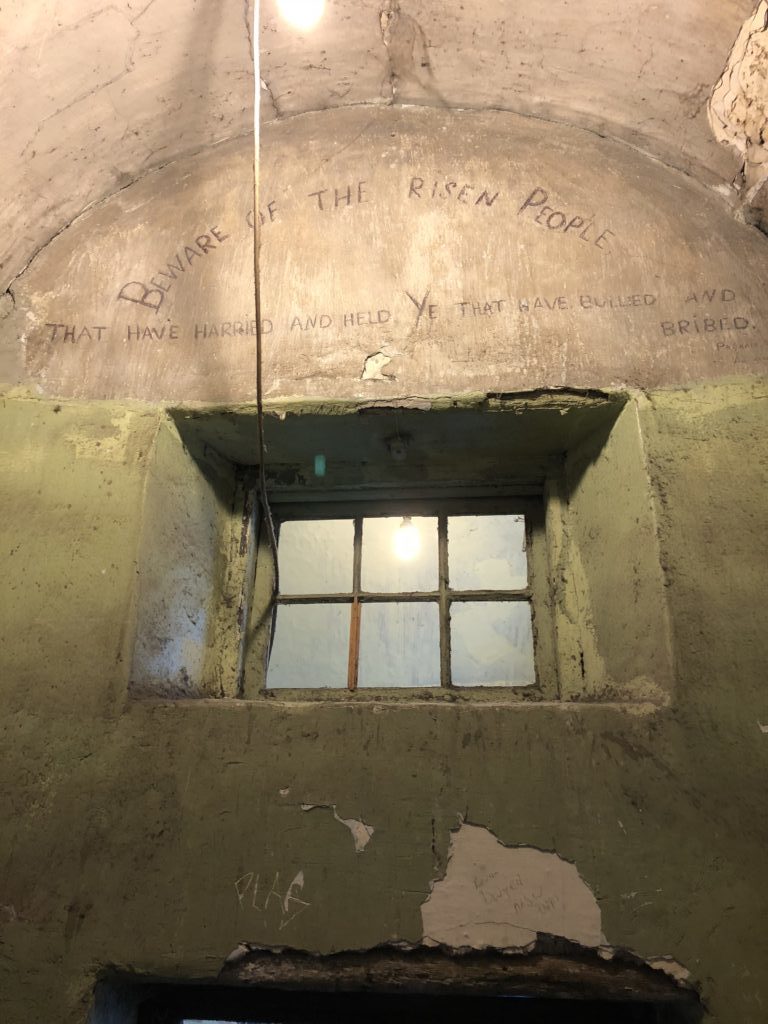
Irish War Memorial Gardens
After spending some time purusing the exhibits in the Kilmainham Gaol museum, I hopped across the street to the Irish National War Memorial Gardens. The War Memorial Gardens were originally designed to honor the nearly 50,000 Irish who lost their lives during WWI. The gardens also fell into disrepair in the following decades and were targeted with homemade explosives several times in the 1950s by nationalists. In the late 80s an effort was made to restore the gardens to their former glory; they were reopened to the public in 1988.
Nowadays they seem to the ultimate Dublin dog park as I think I was the only person there who wasn’t playing with a pup! The rose gardens are truly lovely and definitely a hidden gem in the city.
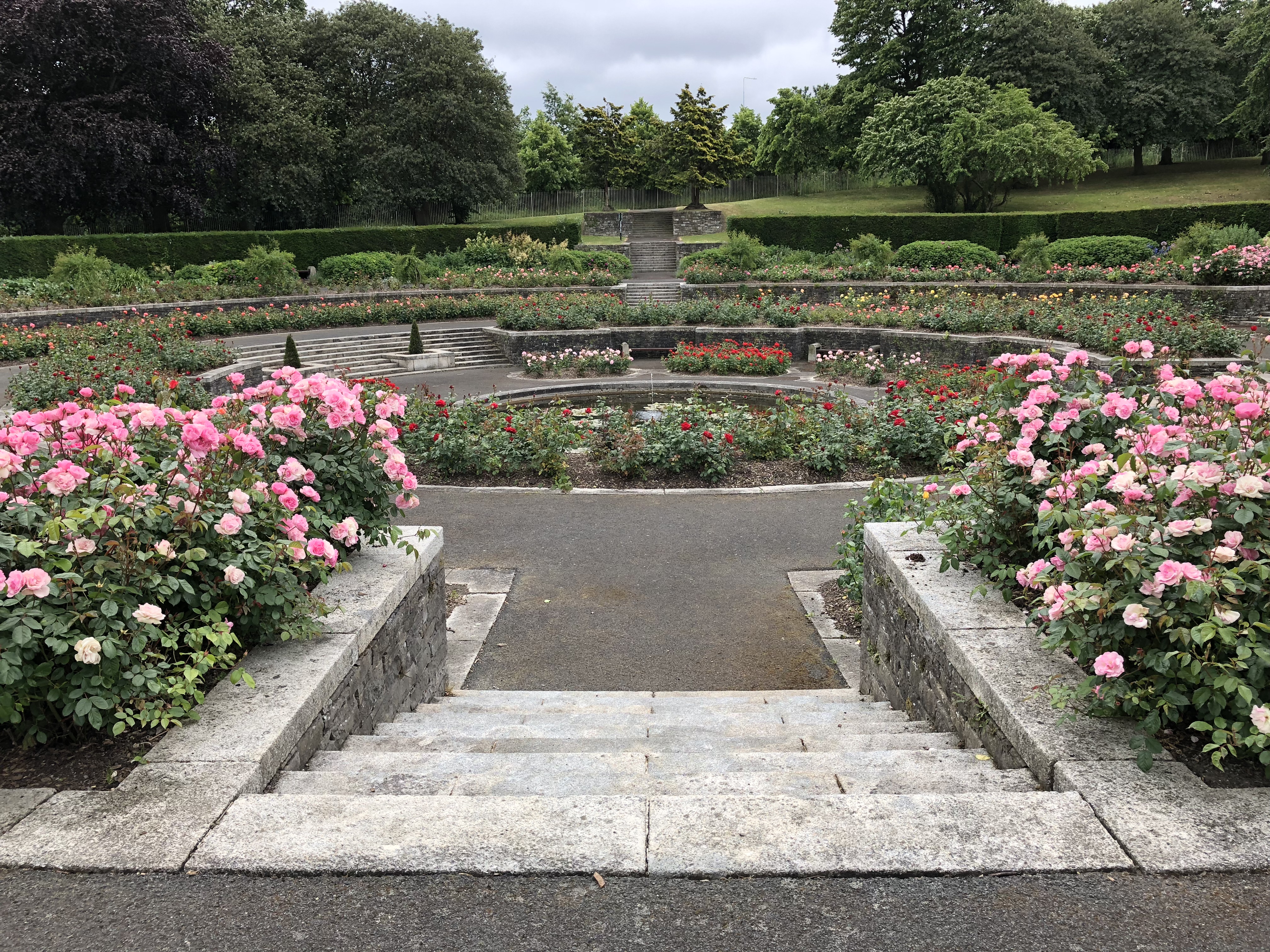
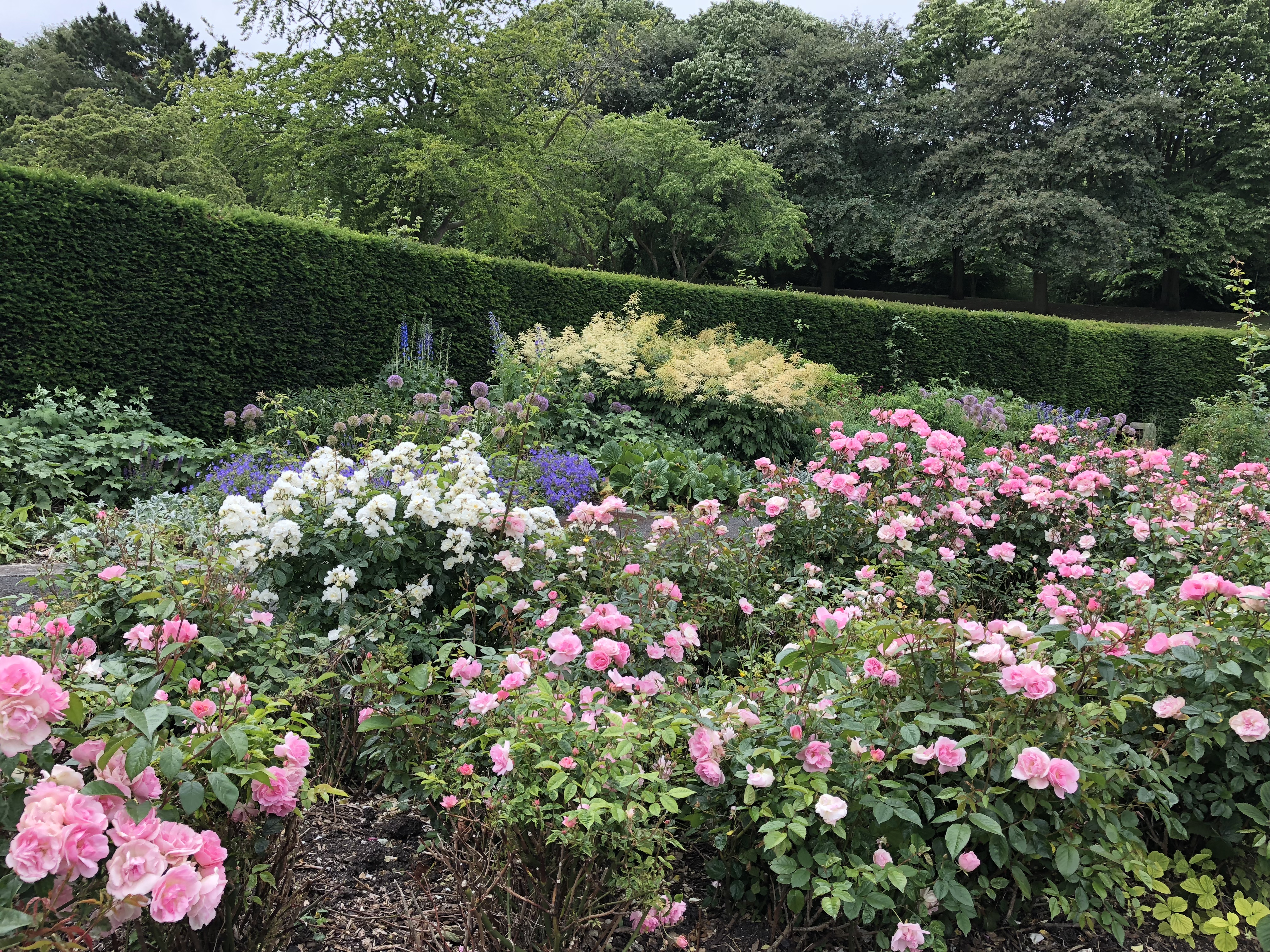
Phoenix Park
A five minute walk from the War Memorial Gardens is Phoenix Park, which at 1750 acres is the largest wall-enclosed park in all of Europe. Really, you could spend all day in Phoenix Park alone, as it contains the Dublin Zoo, the Wellington Monument, the President’s residence “Áras an Uachtaráin” and around 400 wild deer that were introduced into the park in the 1600s.
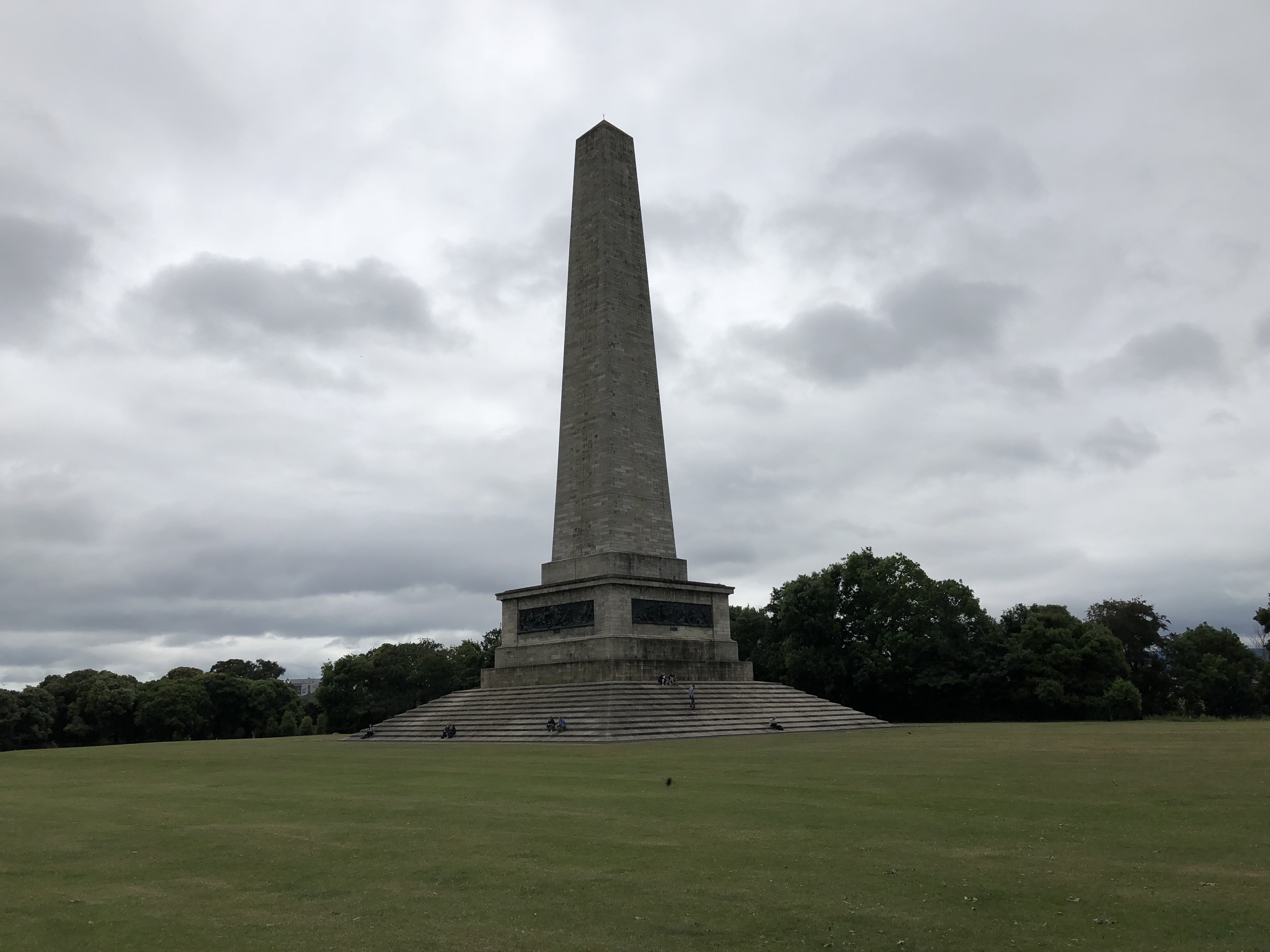
Áras an Uachtaráin is open to the public every Saturday and guided tours are completely free. Unfortunately I wasn’t able to time my visit to catch one of the tours, but I still was able to get fairly close to the residence via the walking trails throughout the park.
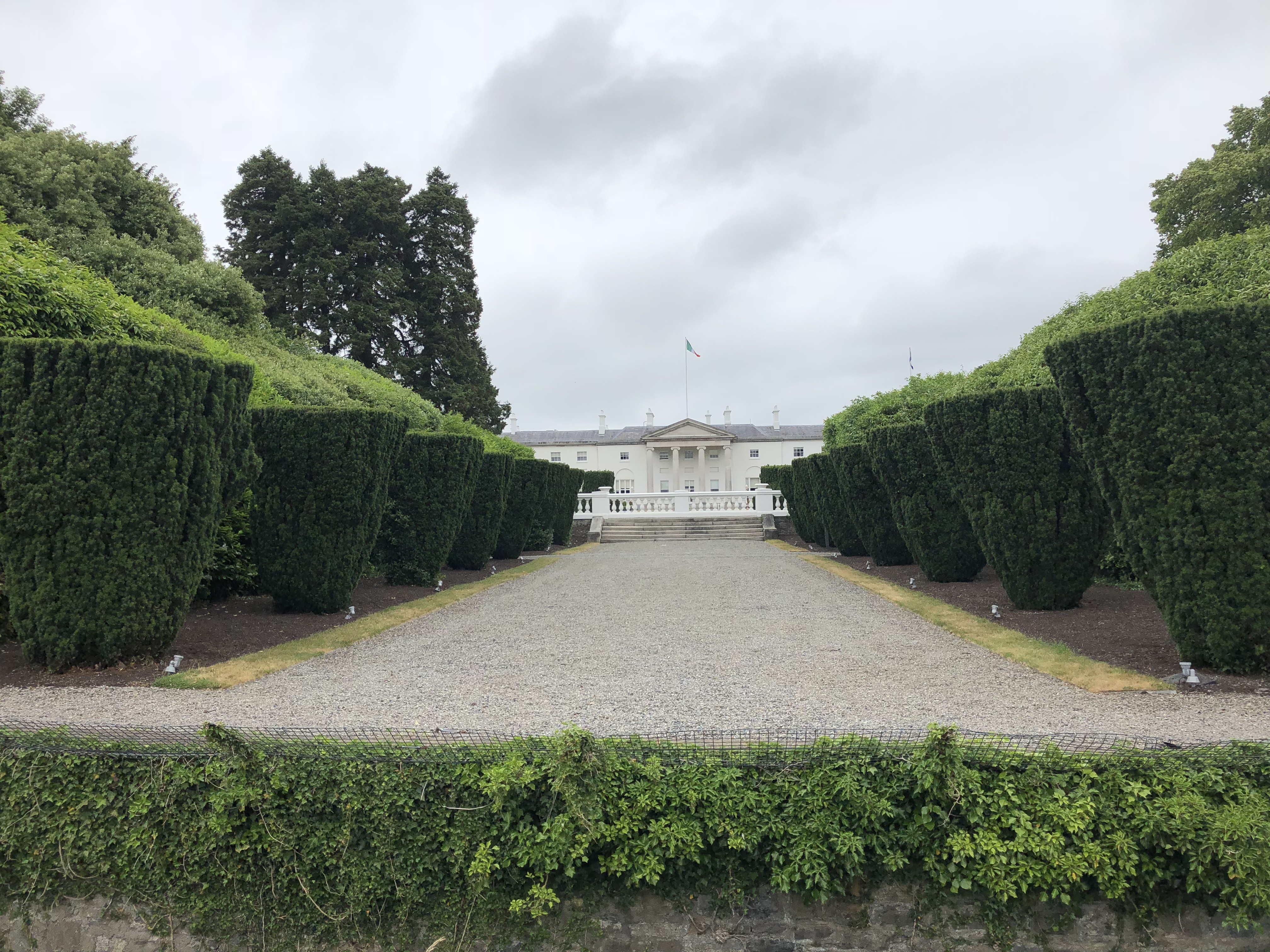
Despite not being able to visit Áras an Uachtaráin, I did get caught up in a presidential motorcade, which was pretty exciting too!
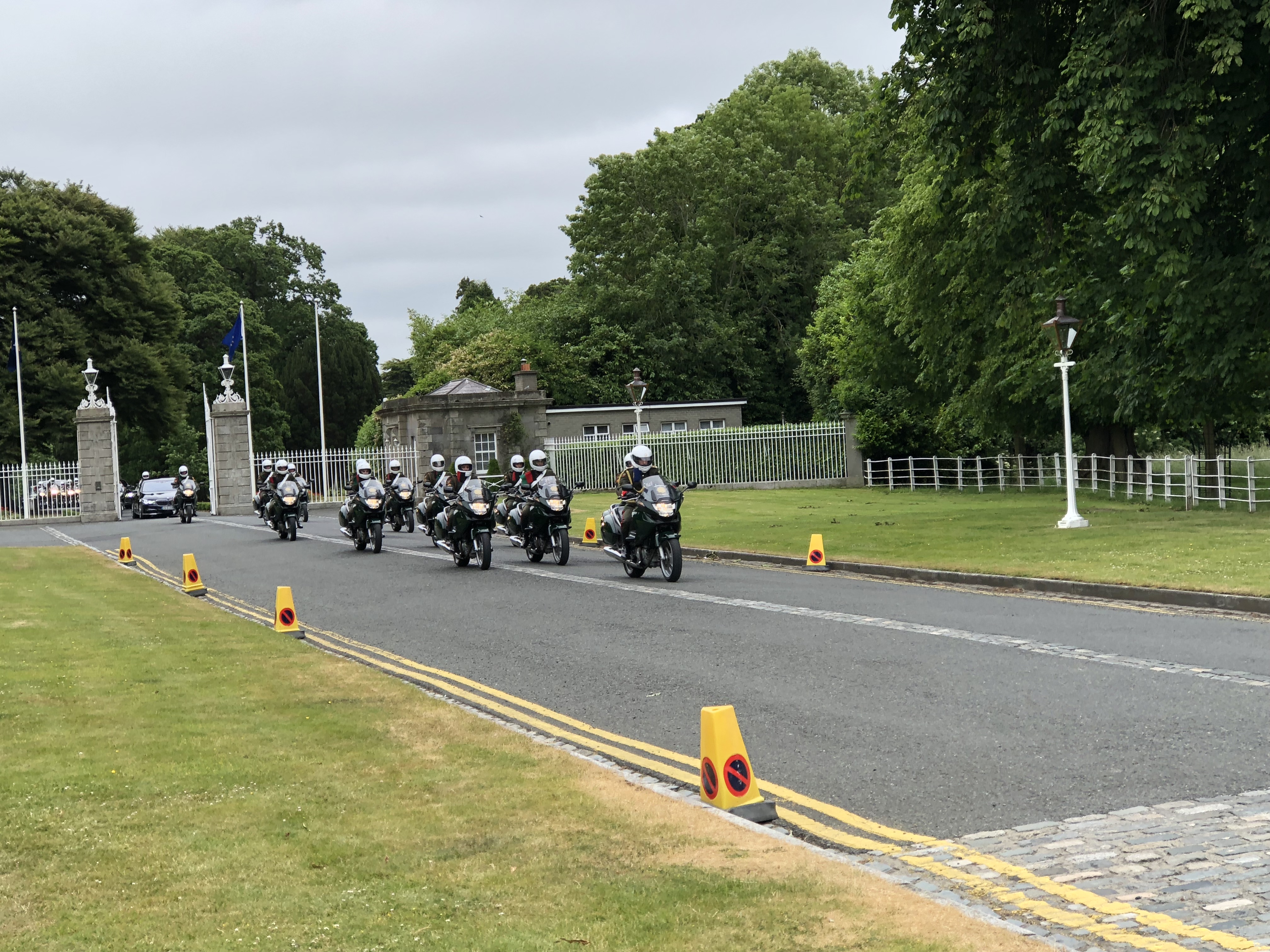
But, let’s face it: the deer steal the entire show from everything else at the park (and all of Dublin for that matter!). The herd roams freely through the park and there’s no guarantee you will see them, but I was on a mission and walking around an open field with the tame deer was truly a highlight of my travels thus far. I took about fifty photos, ha, so you’ll forgive me if I indulge myself in sharing just a few:
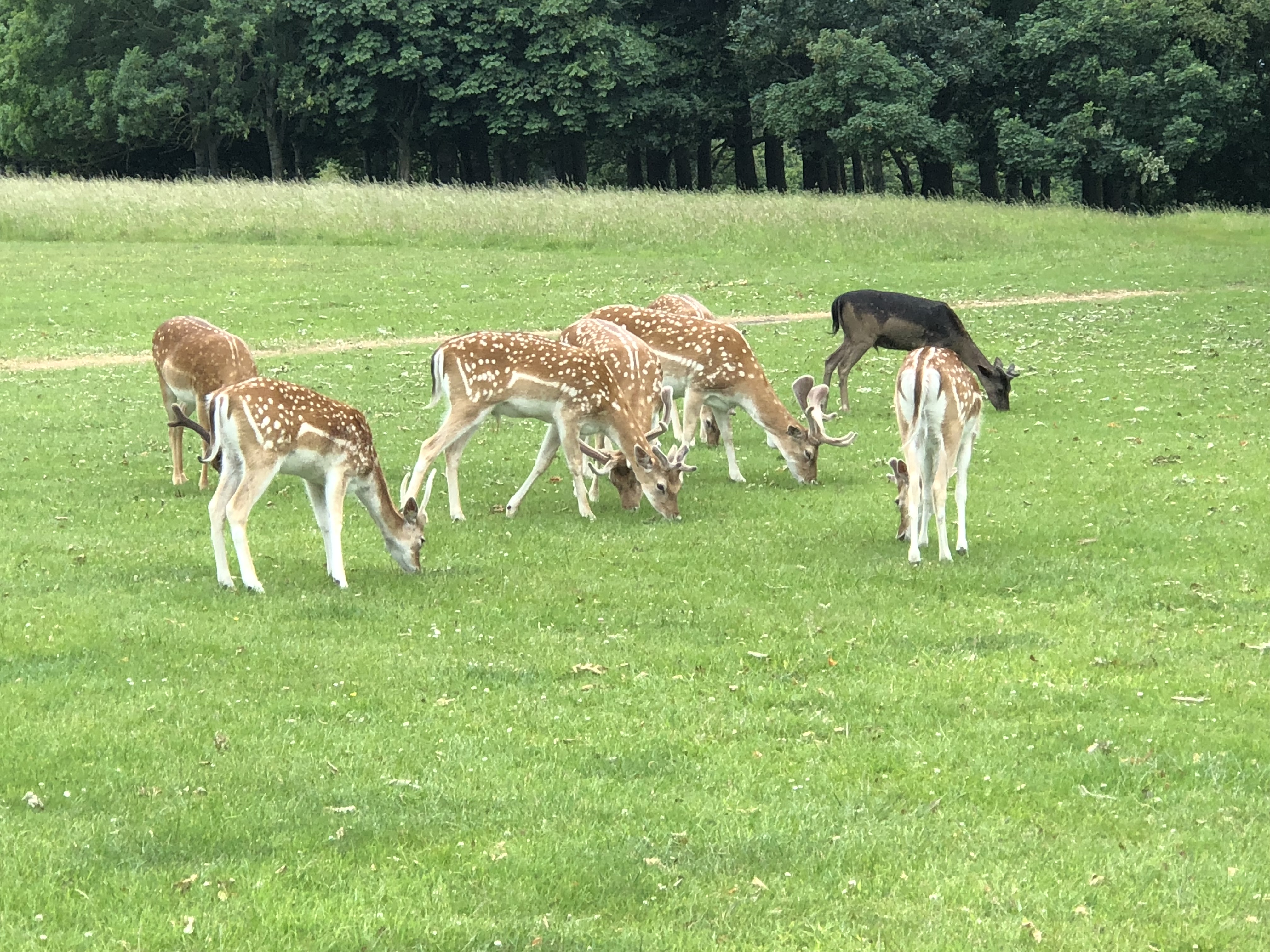
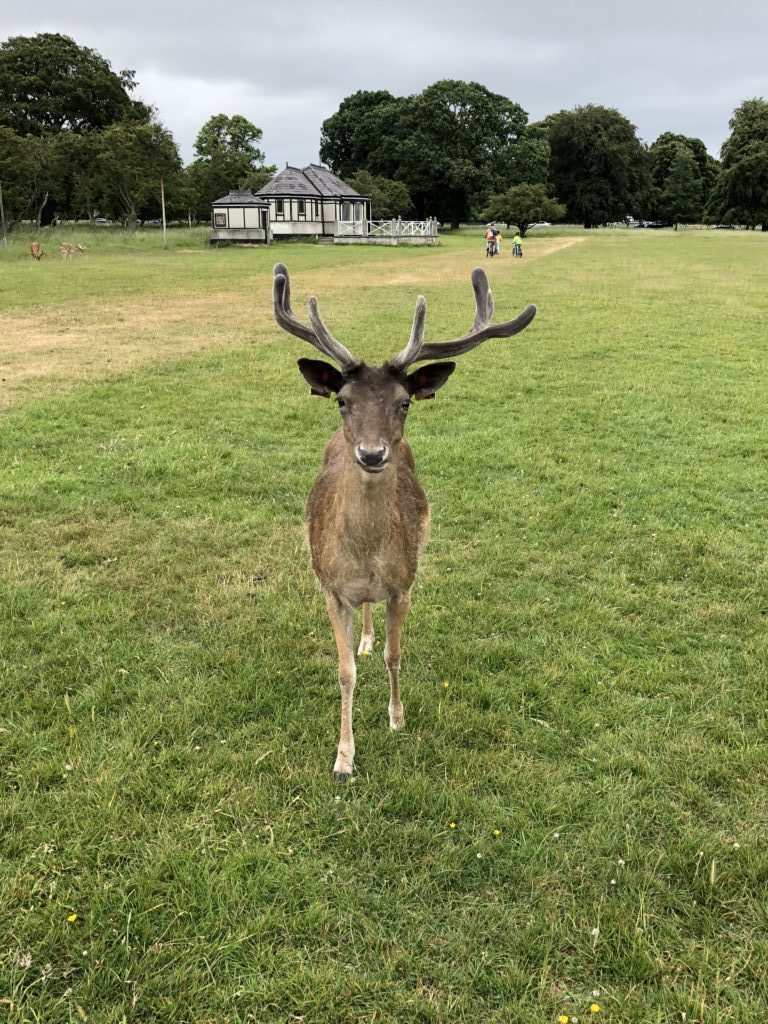
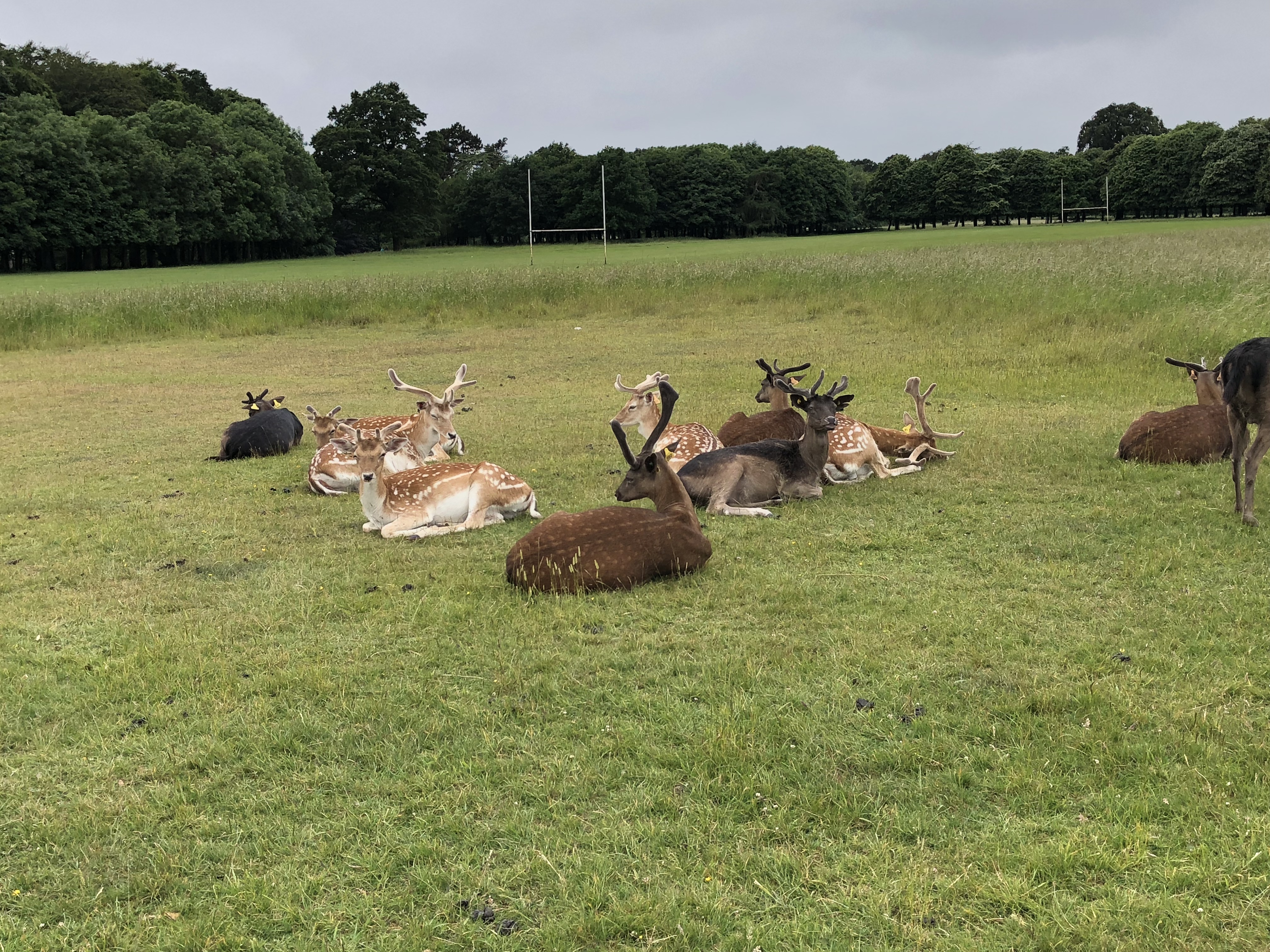
Irish Museum of Modern Art
After the history lesson at Kilmainham, the rose gardens at the War Memorial and the deer in Phoenix Park, I was ready for some wacky Irish art, and luckily Dublin provided in the form of the Irish Museum of Modern Art. The museum is housed in the Old Royal Military Hospital, a grand 17th-Century building with gorgeous manicured gardens in the rear.
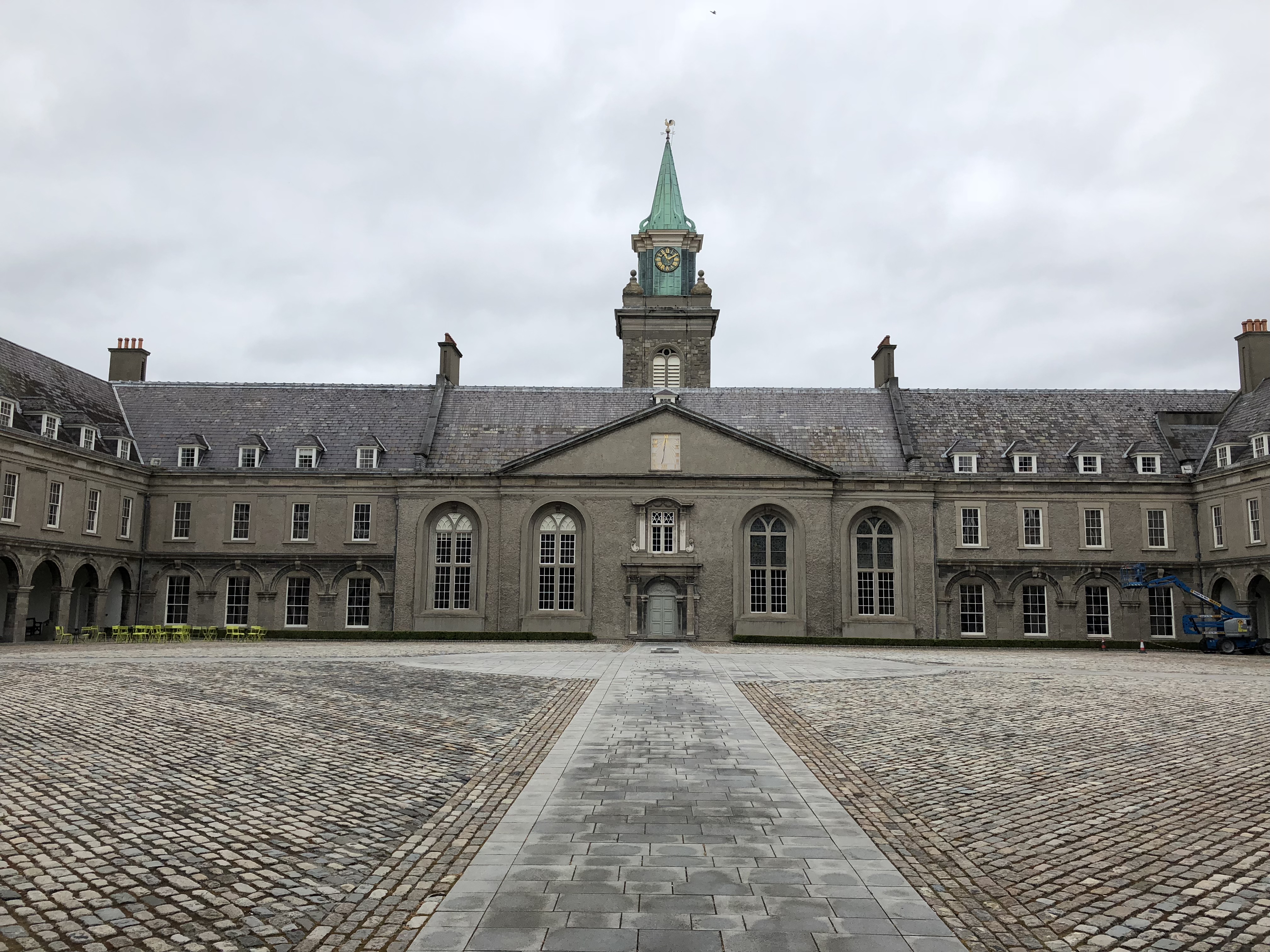
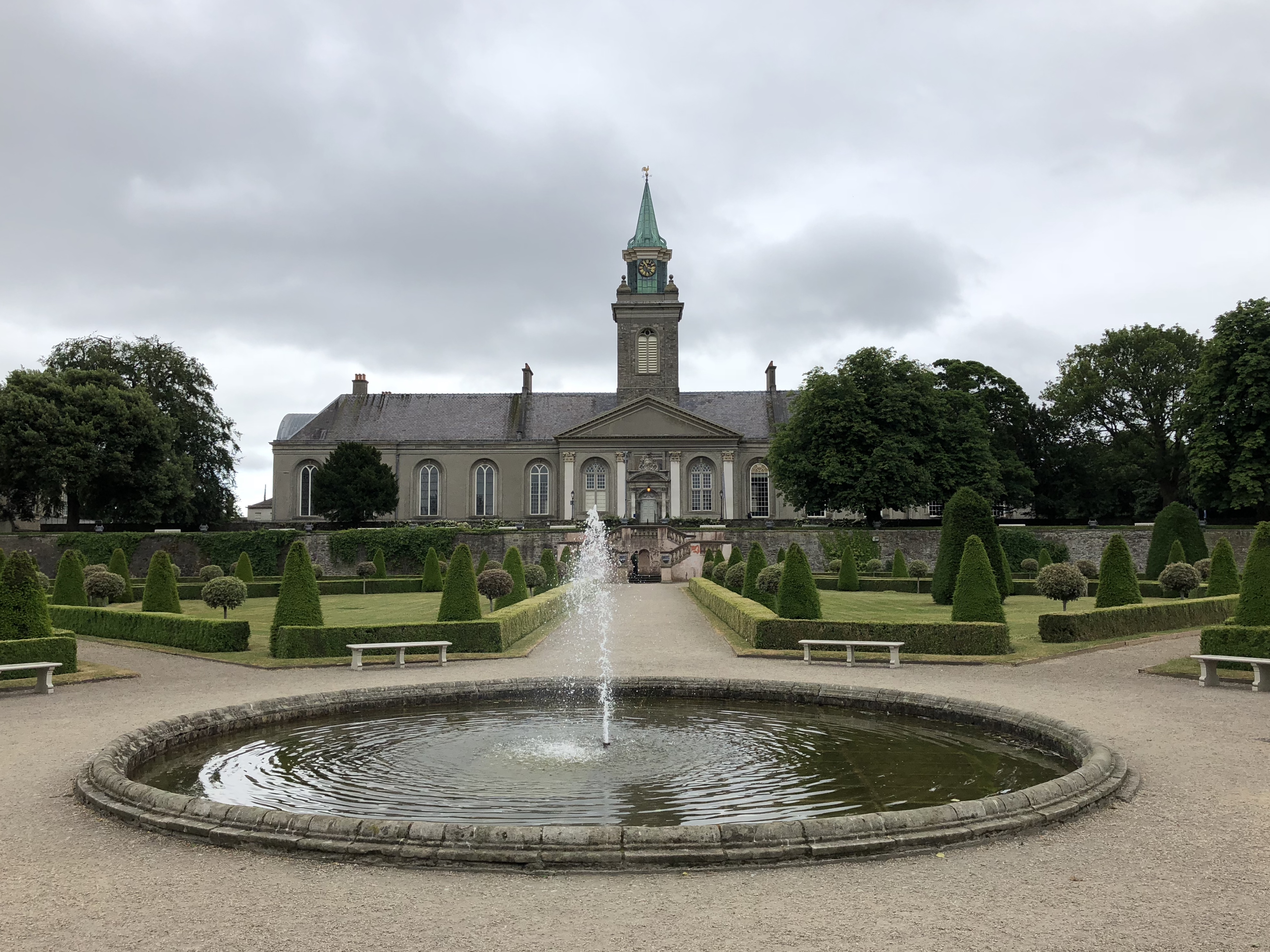
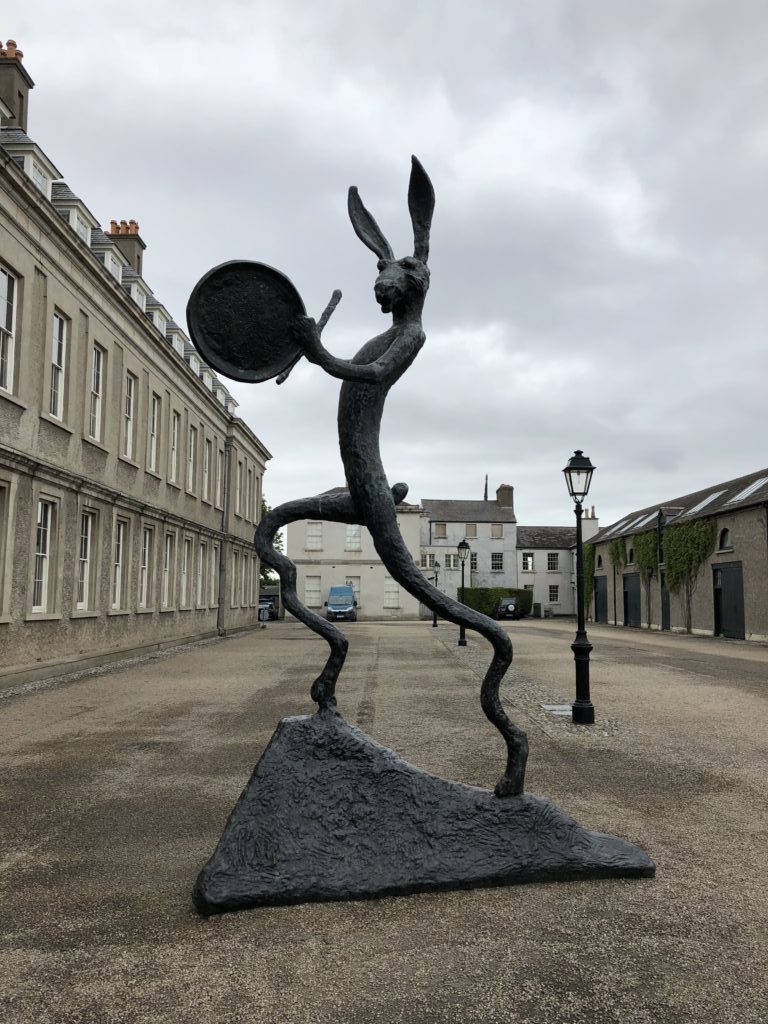
The art museum is organized in several galleries, with the main exhibits being FREE! When I visited there was a new exhibit on artists’ relationship with the Irish coastline, which provided lots of opportunities for video installations and literal transplanting of the seashore to the museum.
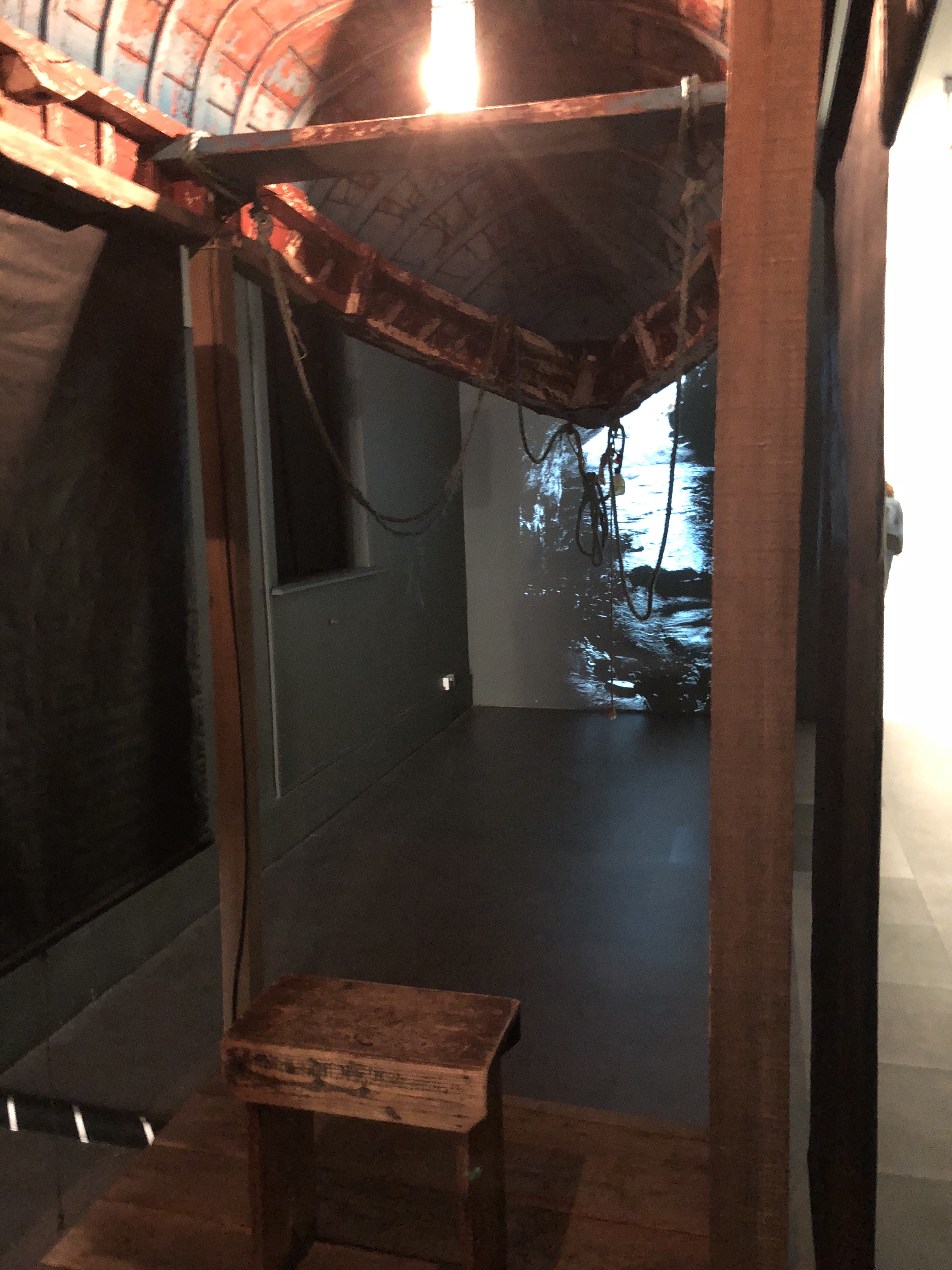
This low-key area west of the center provides everything you need for a perfect day in Dublin. Go, explore and enjoy!
